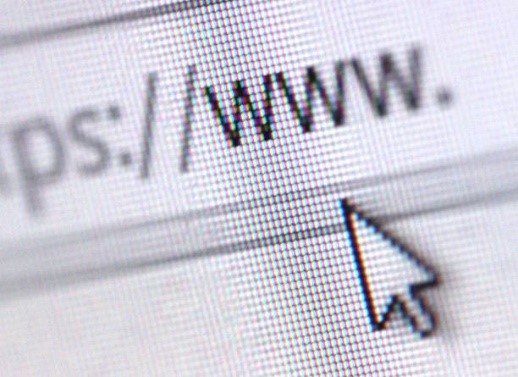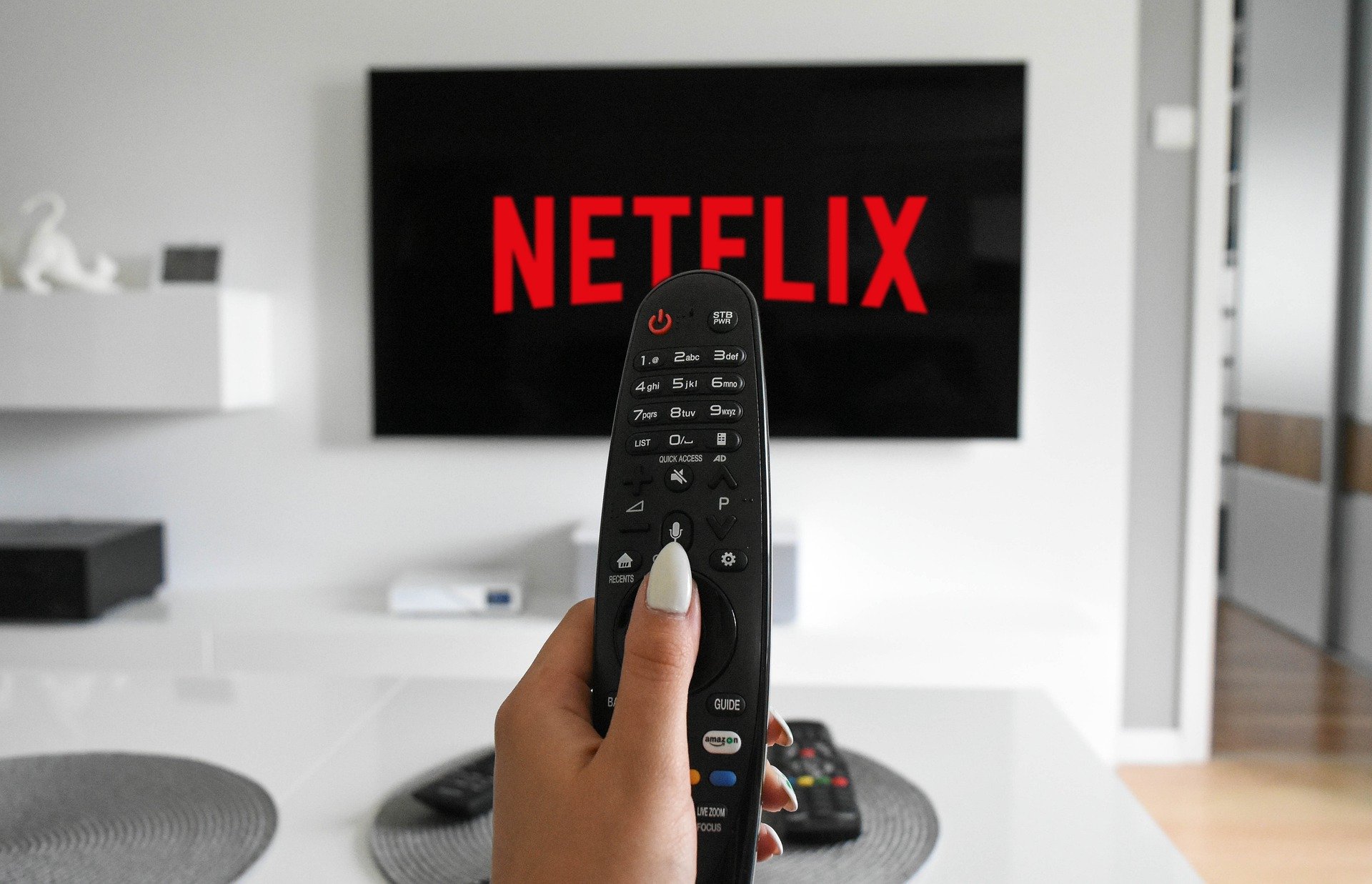Are trademark payment notices always to be trusted?

How is this happening?
Dishonest private companies, scammers, approach trademark applicants directly to ask them to pay certain service fees or other payments that are in fact neither necessary nor legally required.
It is therefore crucial to be vigilant.
Since trademark registration and management are already time-consuming and expensive enough, it goes without saying that paying scammers for their so-called trademark services is unnecessary. You should be extra vigilant when enquiries about trademark procedures do not come directly from your usual counsel.
However, fraud is not always easy to detect and the imagination of fraudsters is endless.
For instance, some fraudsters approach trademark owners directly by e-mail and demand payment of certain expenses, fees or additional charges to obtain trademarks’ registration when these expenses are purely fictitious. The payment notices are often for trademark monitoring services, additional registration services or services related to trademark renewal.
The problem is that trademark owners are very often approached by a so-called official agency, company or institution and sometimes even a so-called public authority or government. They use the same official templates, signatures and stamps as these types of entities and they provide the exact data of the trademark application or registration in question. After all, this kind of information is relatively easy to find online.
Another issue is the cross-border nature of these scams.
It may happen that trademark owners receive a notice from a Russian, Indian or Chinese company. While it is perfectly possible that payment notices from foreign countries are made in good faith, it is always beneficial to carefully check the accuracy and legitimacy of such notices.
Here are our advices.
Firstly, we invite you to check the stage of the proceedings in which your trademark is located. Isn’t it strange to pay fees for the registration or renewal of a trademark if the time limit has not even started or has already expired?
We encourage you to be vigilant. Do not hesitate to ask us questions when you receive documents that do not come from Dreyfus. Indeed, it is always wise to contact your legal adviser before making a payment. Dreyfus is specialised in these matters and is fully aware of the applicable time limits, procedural steps and expenses.
There are also official offices and agencies that can be contacted in the event of a suspicious or misleading trademark notice. For instance, the United States Patent and Trademark Office (USPTO) can be contacted. Although this office does not have the legal authority to prevent companies from engaging in these types of fraudulent practices, the USPTO does assist in the fight against fraudulent trademark notices. The USPTO issues reports and works with the Department of Justice and the Federal Trade Commission. Trademark owners can always file complaints with the Federal Trade Commission. This commission has the power to investigate and even prosecute if, for example, a particular company commits fraudulent business practices on a large scale. Dreyfus can assist you in filing such complaints and prevent you from being entrapped.
Fraudulent trade mark notices are becoming increasingly common. It is important to be very vigilant, to check the applicable time limits, to contact your Trademark Attorney before making any payments. At Dreyfus, we work with trademark offices and official agencies, such as the USPTO, in case of trademark notices that are suspicious or appear to be misleading.
About this topic…
♦ Why is the well-knownness of an earlier trademark not enough to qualify bad faith?









 In a decision handed down on 23 February 2021, the Paris Court of Appeal offers some guidelines in copyright infringement, recalls some key principles and provides an overview of all the usable means of defense.
In a decision handed down on 23 February 2021, the Paris Court of Appeal offers some guidelines in copyright infringement, recalls some key principles and provides an overview of all the usable means of defense.

 “Intellectual property was viewed with passion – and in a style steeped in pre-Romanticism! – as “the most sacred, the most legitimate, the most unassailable […], the most personal of properties”; “The least likely to be contested, the one whose increase can neither hurt republican equality, nor overshadow freedom,” said Patrick Tafforeau in his book Intellectual Property Law published in 2017.
“Intellectual property was viewed with passion – and in a style steeped in pre-Romanticism! – as “the most sacred, the most legitimate, the most unassailable […], the most personal of properties”; “The least likely to be contested, the one whose increase can neither hurt republican equality, nor overshadow freedom,” said Patrick Tafforeau in his book Intellectual Property Law published in 2017.